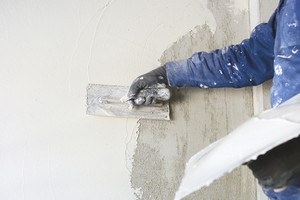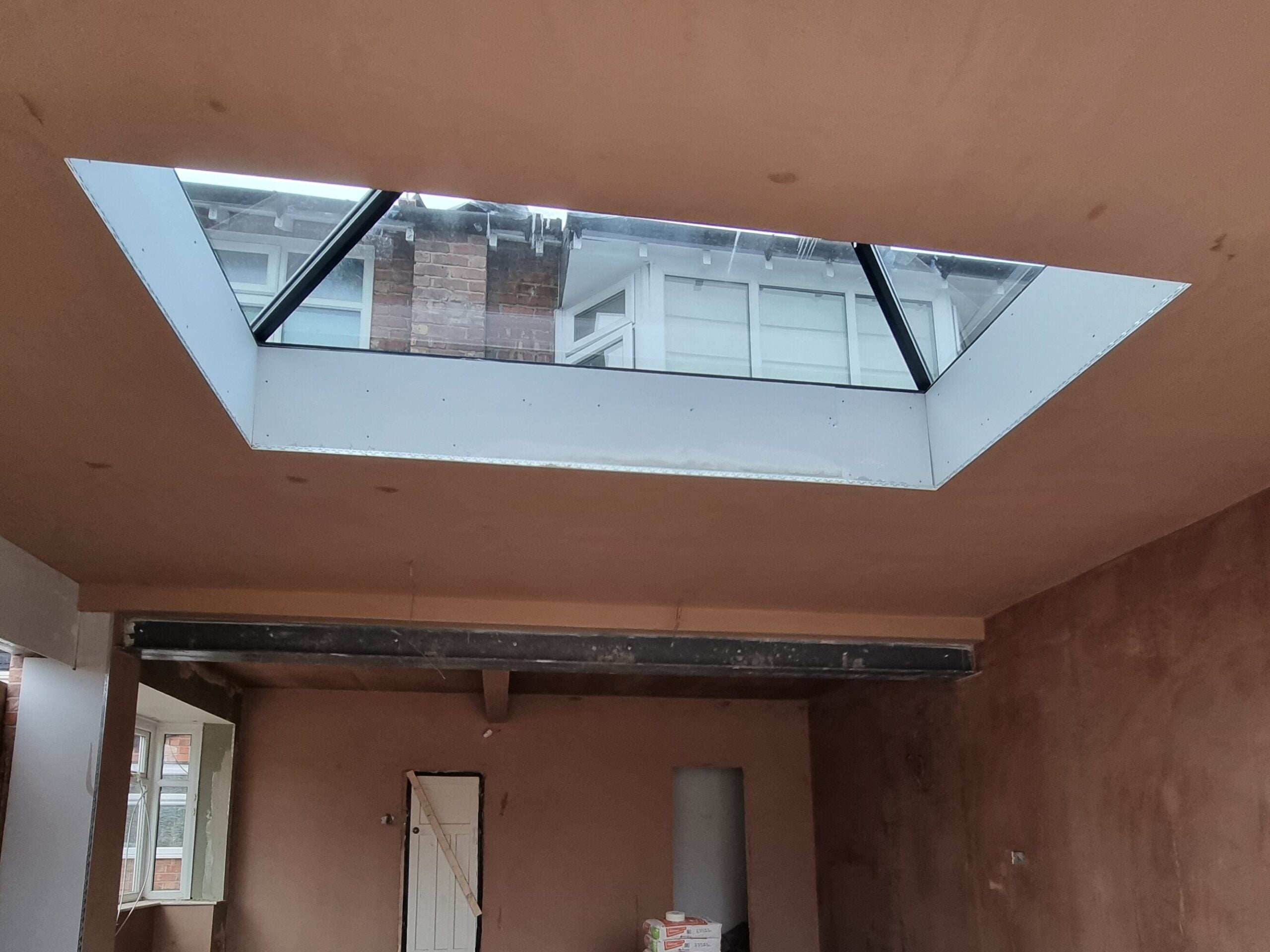Residential Plastering: Change Your Home with Proficient Craftsmanship
Wiki Article
Trick Tips and Tools for Effective Gluing in your house Renovation Undertakings
Achieving a flawless plaster coating in your home improvement tasks needs a blend of the right devices and tested techniques. Comprehending the nuances of mixing plaster and using it in thin layers can dramatically impact the last result.Essential Gluing Devices
A plasterer's toolkit is fundamental to achieving a smooth and sturdy finish on walls and ceilings. The important devices encompass a variety of implements developed to promote the smudging process successfully and effectively. Secret components include a hawk, which is a level, square device utilized to hold the plaster while applying it to surfaces. This device enables for easy transport and application of the product.
Furthermore, a mixing container is required for preparing plaster, making sure the right consistency prior to application (Plastering). With each other, these crucial plastering devices make it possible for both professionals and DIY fanatics to accomplish high-quality results in their smudging jobs.
Surface Prep Work Strategies
Appropriately preparing the surface area before plastering is important for making certain attachment and attaining a remarkable finish. The primary step entails cleansing the surface area to get rid of any kind of dirt, grease, or old paint that might impede the plaster's capacity to bond properly. A detailed clean with an appropriate cleansing service is suggested, adhered to by allowing the surface and washing to completely dry entirely.Following, assess the surface area for any type of cracks or imperfections. These must be loaded with an appropriate filler compound and permitted to heal according to the manufacturer's guidelines. For permeable surface areas, applying a primer is crucial to produce an uniform structure and improve bond.
Additionally, it is vital to make sure that the surface area is steady and structurally audio. Any type of loose materials, such as flaking paint or harmed drywall, ought to be repaired or gotten rid of. If dealing with masonry surface areas, consider using a scrape layer to improve hold.
Mixing Plaster Like a Pro

Making use of a clean mixing container, put the water initially, then progressively include the plaster powder while mixing constantly - Plastering. This technique helps to avoid clumping and makes sure an also circulation of materials. A mechanical mixer can be helpful, saving and supplying consistent results time. Go for a luscious, lump-free uniformity that permits simple spreading yet is thick enough to hold its shape without running.
As soon as combined, permit the plaster to rest for a few mins to make it possible for the plaster crystals to moisturize completely. This pause boosts click for info workability and reduces the danger of fracturing during application. By following these steps, you can mix plaster like a pro, establishing the structure for a successful plastering job in your house renovation ventures.
Application Approaches for Smooth Finishes
With the plaster blend prepared to the excellent consistency, the following action involves choosing suitable application approaches to attain a smooth surface. This tool enables for a fine, even distribution of plaster across the surface area while decreasing trowel marks.Begin by applying a generous amount of plaster to the surface utilizing the trowel, guaranteeing it adheres well. When the initial layer is used, make use of a sweeping activity to smooth the surface area, using also pressure.
For the final touches, a damp sponge can be made use of to improve the surface further. Gently mist the plaster with water and delicately rub the surface area to achieve a sleek result. Constantly remember to function in small areas to maintain control over the application process, making sure a smooth, professional surface throughout your plastering task.
Usual Mistakes to Stay Clear Of
When beginning on a gluing task, preventing typical mistakes is essential for achieving a perfect surface. Make certain that all dust, oil, and loosened materials are eliminated before applying plaster.use this link Another common blunder is applying plaster too thickly. Thick layers can crack as they dry, jeopardizing the integrity of the coating. Rather, opt for several slim layers, permitting each coat to dry totally before applying the following.
Furthermore, bad mixing techniques can cause irregular texture and workability. Always comply with the supplier's instructions for mixing proportions and extensively blend the plaster to accomplish a consistent uniformity.

Timing likewise plays a critical role; plaster ought to be used while the substrate is damp to boost bond. High-grade trowels and drifts can make a considerable difference in achieving a smooth finish.
Conclusion
Efficient plastering needs a thorough understanding of essential tools and techniques. Proficiency of their explanation these aspects not just contributes to the visual allure of a space yet additionally makes sure longevity and longevity in gluing jobs, making them integral to effective home enhancement ventures.A float is one more vital device, which helps in leveling the plaster and attaining a consistent surface.

By adhering to these actions, you can blend plaster like a pro, setting the structure for a successful gluing job in your home renovation ventures.
Lightly mist the plaster with water and carefully massage the surface to achieve a polished result.
Report this wiki page